
Methodology
8 Ways Journalists Can Access Academic Research for Free
A lot of academic research exists behind paywalls. The Journalist’s Resource outlines eight ways reporters can get free access to high-quality scholarship.
1107 posts Search results for Free tools

A lot of academic research exists behind paywalls. The Journalist’s Resource outlines eight ways reporters can get free access to high-quality scholarship.
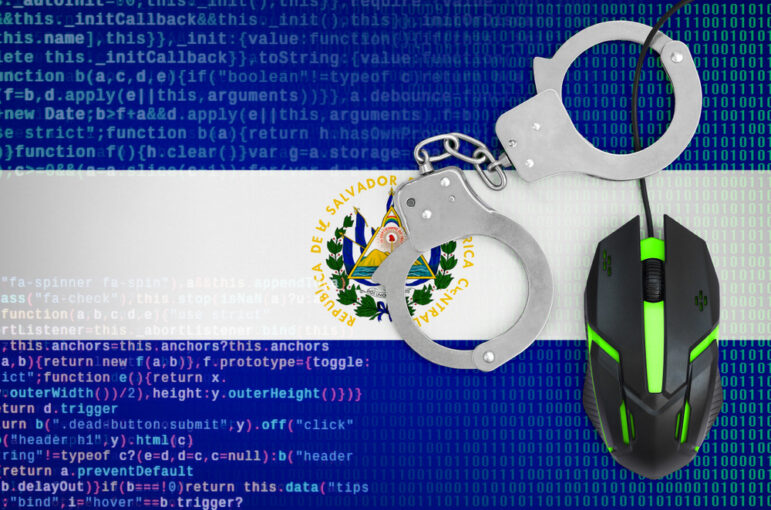
El Faro investigative journalist Jimmy Alvarado offers his favorite tools and techniques for exposing corruption.
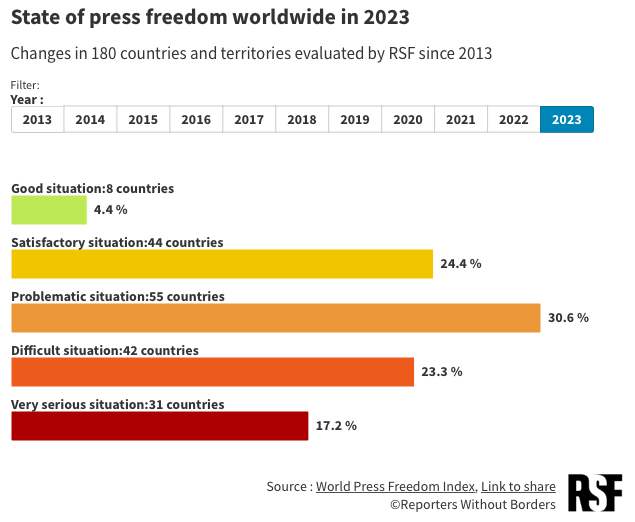
The 2023 World Press Freedom Index highlights the increasingly perilous situation for reporters on every continent, as journalists face political, social, and technological threats and a “fake content industry” that undermines trust in the press.
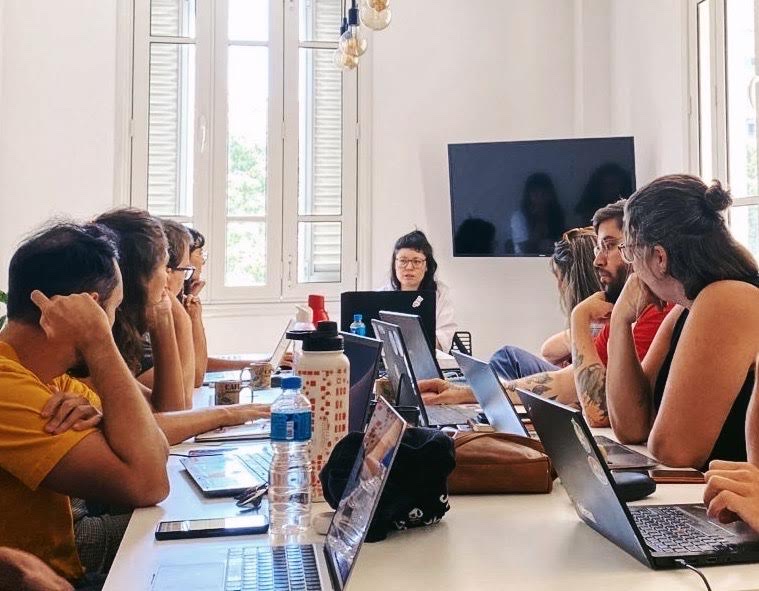
For GIJN’s My Favorite Tools series we spoke with Brazilian journalist Tai Nalon, executive director and co-founder of the fact-checking website Aos Fatos, who now leads an award-winning reporting team of nearly 20 people.
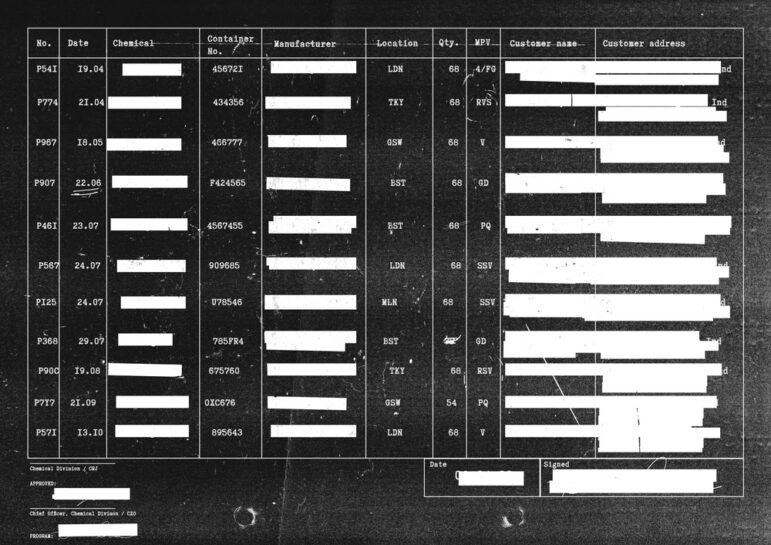
DocumentCloud now includes many more cutting-edge functions — which include extracting personal identification information embedded in large files, importing data from programs like Google Drive, transcribing YouTube audio, and even peering through weak blackout redactions.

Social media platforms are among the most difficult sites to scrape for data across the internet. A recent session at NICAR23 unveiled several dynamic new tools — including Junkipedia, a possible CrowdTangle replacement — that can perform a wealth of social media monitoring tasks, from tracking down who is behind harmful ads to identifying conspiracy groups or influencers spreading disinformation.

These new reporting tools and apps, which recently debuted at two Bellingcat Hackathons, can help journalists easily archive videos, locate satellite imagery, and track people via online reviews.
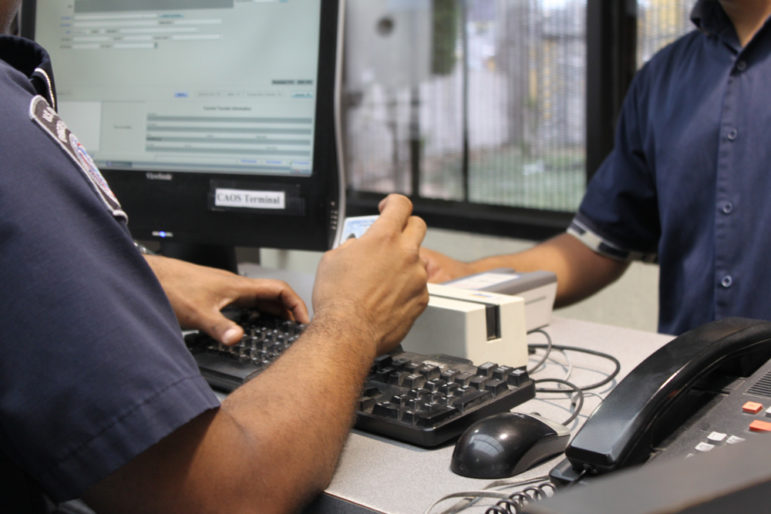
Like spyware, forensic tools can access everything on a phone or computer, but unlike spyware, such tools are in widespread, open usage in democracies as well as more repressive regimes. Their use has accelerated threats to the press while protections and public awareness lag behind.

Brazilian journalist Rafael Soares discusses his favorite reporting methods and tools for investigating police misconduct and abuse of power in Rio de Janeiro.
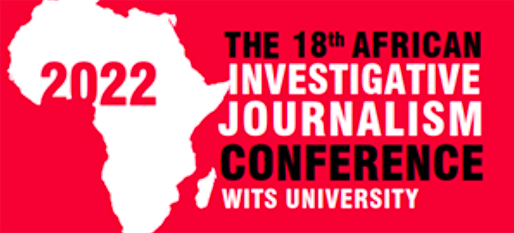
The largest-ever African Investigative Journalism Conference (#AIJC2022) drew 375 attendees from 51 countries to Africa’s premier muckraker gathering. The conference looked into how AI is driving a “third wave of journalism,” which new tools and resources are available to watchdog reporters, and showcased some of the world-class exposés being produced on the continent.

Internet search expert and author Tara Calishain used JavaScript to create a collection of tools that save time for journalists conducting research. Here, she explains how to use them.
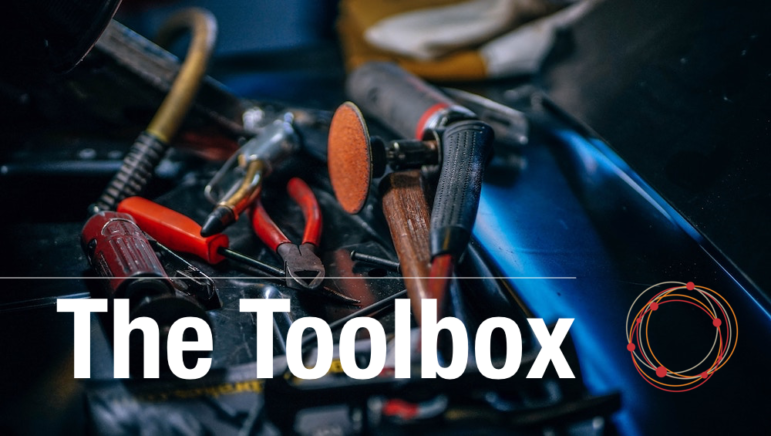
Eight investigative reporters share their current favorite tools and apps, for tasks ranging from social media search to locating prisoners, tracking the global supply chain, and uncovering Russian military recruiters.

Ana ganin karuwa a yawan shafukan da ke taimakon marubuta suna samun kudi a yayin da suka wallafa labaransu da kan su. Wajibi ne ku yi bincike dan tantance ko wannan abu ne da ya dace da ku. A wannan sashen, ba za mu duba wuraren da ke taimakawa wajen kirkiro da shafi, ki wasiku […]
This edition of the GIJN Toolbox explores global databases and remote sensing resources that reporters can use to investigate local environmental threats.
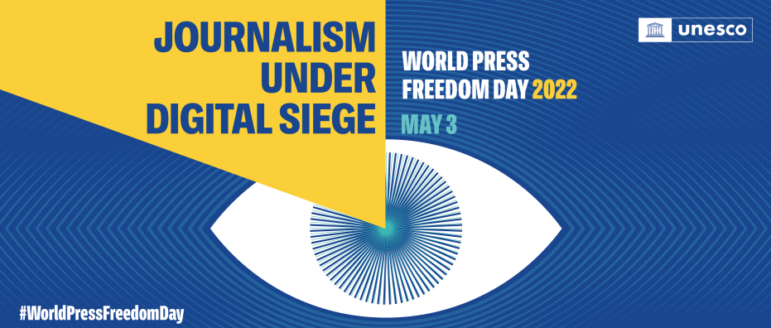
On World Press Freedom Day 2022, journalists around the world, many of them now in exile, are pushing back against a growing crackdown on a free press.
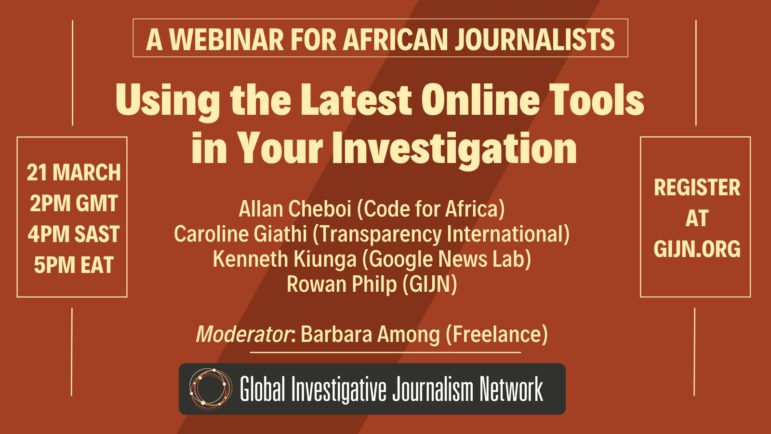
In this online webinar, free of charge for journalists across Africa and beyond, we bring together four journalism experts from Google News Lab, Code for Africa, Transparency International Kenya’s Media Tech Hub and GIJN, who will share their tips and advice about great online tools for journalists.
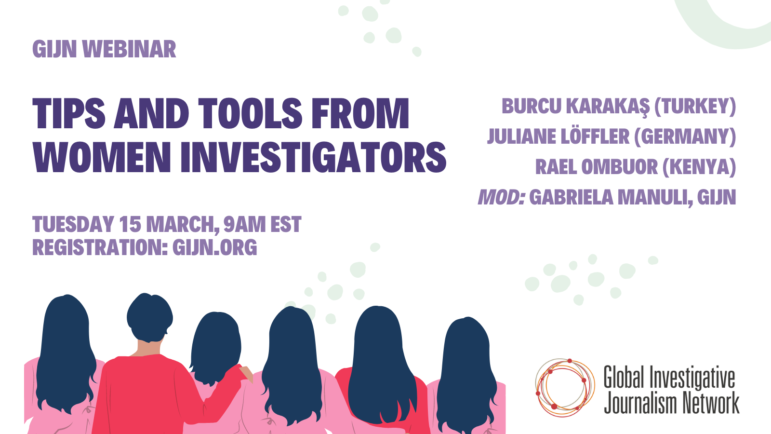
In this GIJN webinar, we bring together three journalists who will offer resources and tips for investigating issues that directly affect women, and that have historically been under-reported. They will offer tips and tools to reporters working in very different contexts, share their advice, and suggest important areas that need to be investigated.
Learning to make appealing and informative maps to support your investigative journalism is well worth doing. The good news is that there are significantly more mapping tools available today than there were five years ago and many of them have become very powerful.

While there is no single service that meets all of our data privacy needs, here two experts unpack security and privacy practices for popular transcription services, weigh when journalists should use remote transcription services, and explore how to minimize risk when working with sensitive audio.
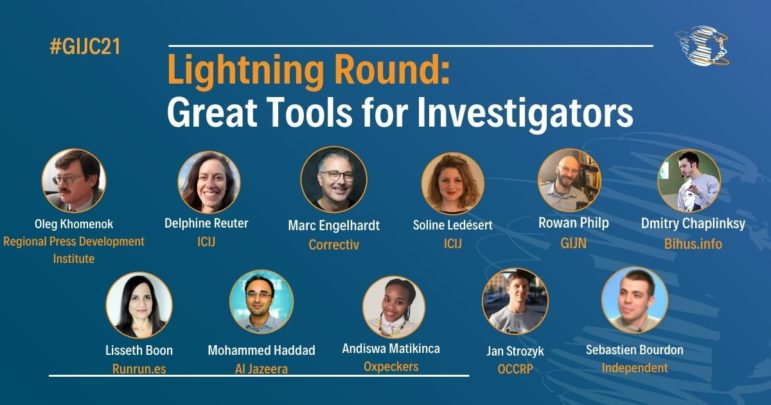
In a lightning round session at #GIJC21, a panel of leading reporters and editors needed just five minutes each to outline new tools and databases that any reporter can use to gather hard-to-find facts.
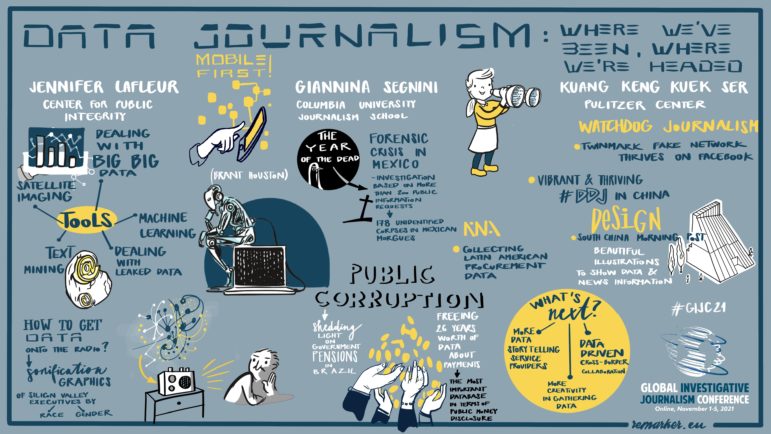
Data journalism has evolved from simple spreadsheet analysis of local government data to the spectacular tracking of the hidden wealth of oligarchs, autocrats, and corporate leaders from gigantic datasets. In a session at GIJC21, leading data journalists looked at this transition but also, at what is next.

For GIJN’s My Favourite Tools series, we spoke with Indian journalist and information designer Gurman Bhatia. She has worked at the Hindustan Times in Delhi and been a part of the award-winning team at Reuters Graphics, where she worked on visualizations for topics as diverse as election fraud in India, use of force during protests in Hong Kong, and bushfires in Australia.
This guide was produced thanks to support from the Google News Initiative. It was researched and written by Talya Cooper, a researcher based in New York who has worked as the archivist of the Edward Snowden archive at The Intercept and as archive manager at StoryCorps. She is the co-author, with Alison Macrina, of “Anonymity,” a […]
GIJN is publishing a new business tools guide focused on helping news outlets solve their administrative needs. Written by Talya Cooper and illustrated by Chafiq Faiz, the guide includes useful software and applications – many of which are free – for small newsrooms. Tools included cover administration, management, communication, file sharing, accounting, SEO, audience engagement, audiovisual, content management, subscriber management, design and data visualization, social media and email marketing, site security, and password management.

Since her arrival at Runrun.es, Lisseth Boon has conducted investigations on human rights violations, gold trafficking, illegal mining, and environmental crimes, many of them recognized with national and international awards. Her team has also worked with media platforms both inside and outside of Venezuela such as Consejo de Redacción and Connectas in Colombia, Convoca in Perú, and Mongabay. It has also participated in transnational collaborative projects such as the Panama Papers, Fincen Files, Swiss Connection, Lava Jato (Operation Car Wash), Vigila La Pandemia, and Tierra de Resistencia.
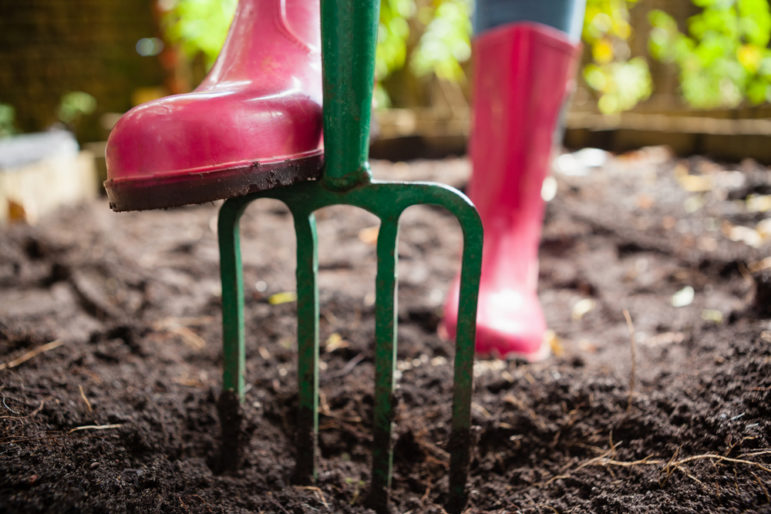
There are scores of muckraking techniques that can help journalists gain access to elusive sources and data. Here we share the dozen online tools that leading reporters commonly praised in interviews with GIJN in the past year — and especially those that require few or no special digital skills.
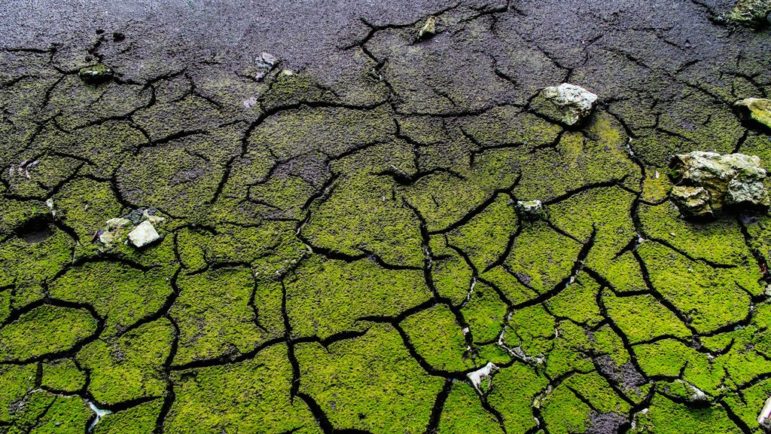
Wondering how to investigate climate change and where to find the best data? At a recent conference, science reporters from BuzzFeed News, NPR, and ProPublica shared tips on little-known data sources that can make climate change stories both easier to report and understand.